SPACE
Russian satellite narrowly avoids collision with US spacecraft, and NASA could do nothing to stop it
By Ben Turner
NASA's TIMED satellite narrowly avoided hitting a defunct Russian satellite in the early hours of the morning
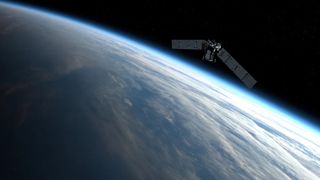
An active NASA spacecraft has survived a near-miss with a defunct Russian satellite in low Earth orbit.
NASA's Thermosphere Ionosphere Mesosphere Energetics and Dynamics (TIMED) mission spacecraft and Russia's Cosmos 2221 satellite were due to closely pass each other at around 1:30 am EST on Feb. 28, at an altitude of about 373 miles (600 kilometers), according to a statement released by NASA just an hour before the near-miss.
Had the two non-maneuverable satellites collided, it wouldn't have just doomed NASA's satellite — which monitors the effects of the sun on the Earth's atmosphere — but could have also potentially started a catastrophic collision cascade with other objects in orbit.
"A collision could result in significant debris generation," NASA and the Department of Defense representatives wrote in the statement.
The potential scenario of a cascade of satellite debris in low Earth orbit (the area of space within 1,200 miles or 2,000 km of Earth) is called Kessler syndrome, and was popularly depicted in the 2013 film "Gravity."
Related: 5,000-pound European satellite burns up over Pacific Ocean after 30 years in orbit
Although a cascade of this kind has yet to happen, scientists are increasingly concerned that the growing number of satellites and space junk is making it more likely. Currently, the Department of Defense tracks the 30,000 largest debris pieces, but there are many more that are too small to be followed, according to NASA.
These smaller chunks are a threat both to satellites and the International Space Station, which in 2022 had to perform evasive maneuvers to dodge the junk generated by a Russian anti-satellite test.
Scientists are currently working on ways to fix Earth's space junk problem. For example, a team of Australian scientists proposed removing smaller junk from space by blasting it with a laser, while the European Space Agency (ESA) plans to launch a four-armed robot to grab individual items of space junk.
The ESA is hoping to use the mission, scheduled for 2025, as a test for a much wider-reaching operation performed by a fleet of robot cleaners.
ESA's director general Jan Wörner has also called for new rules to make companies and agencies that launch satellites responsible for tidying up their litter.
US, Russian satellites may collide 600 km above Earth today, NASA on guard. Details here
NASA said a ‘potential collision’ is expected between the Thermosphere Ionosphere Mesosphere Energetics and Dynamics mission spacecraft and the Russian Cosmos 2221 satellite about 600 km above the earth on February 28 which could result in significant debris generation.A representational image. A collision of two spacecraft at an altitude of 600 km could lead to the generation of significant debris, says Nasa.
The National Aeronautics and Space Administration (NASA) on Wednesday said a ‘potential collision’ is expected between two satellites one, from the US and the other from Russia, about 600 km above the earth on February 28 which could result in significant debris generation.
The two satellites on collision course are Nasa’s Thermosphere Ionosphere Mesosphere Energetics and Dynamics (TIMED) mission spacecraft and the Russian Cosmos 2221 satellite.
“The two non-maneuverable orbiting spacecraft are expected to make their closest pass at about 1:30 am EST on Wednesday, Feb. 28, at an altitude of about 373 miles (600 km)," NASA said in a statement.
The US Department of Defense is monitoring the situation, the space agency added.
“Although the spacecraft are expected to miss each other, a collision could result in significant debris generation. NASA and the Department of Defense will continue to monitor the situation," NASA said.
A collision of two spacecraft at an altitude of 600 km could lead to the generation of significant debris, posing additional risks to other satellites and spacecraft in similar orbits, experts said.
TIMED mission spacecraft
NASA’s Thermosphere Ionosphere Mesosphere Energetics and Dynamics (TIMED) mission spacecraft (launched on December 7, 2001) plays a crucial role in the understanding of Earth's upper atmosphere. The TIMED mission studies the influence of the Sun and human activity on Earth’s mesosphere and lower thermosphere/ionosphere.
National Science Day 2024: Why is it celebrated on February 28?
The region is a gateway between Earth and space, where the Sun’s energy is first deposited into Earth’s environment making the TIMED mission vital for understanding atmospheric dynamics.
Developed in part by Johns Hopkins APL, the mission’s unrivalled 20-year dataset has provided crucial insights about space weather, Earth’s climate and the evolution of planetary atmospheres.
Cosmos 2221
Russian satellite Cosmos 2221 was launched in 1992 for surveillance and other military purposes. Cosmos 2221 was a Russian ELINT (Electronic and Signals Intelligence) satellite launched from the Plesetsk cosmodrome.
Preparing to Meet a Metal-Rich Asteroid

Editors’ Highlights are summaries of recent papers by AGU’s journal editors.
Source: AGU Advances
The Psyche spacecraft launched on 13 October 2023 and is on its way to visit its prime target, asteroid 16 Psyche. The target was originally selected because asteroid Psyche was thought to represent a fragment of a metallic core, left behind when a differentiated planetesimal was broken apart. Being able to investigate such a body, and to compare it with the small metallic fragments – iron meteorites – that we can analyze in the laboratory, made for a compelling discovery mission proposal.
In a new commentary, Dibb et al. [2024] summarize the capabilities of the Psyche spacecraft and the science questions that they hope it will answer. They also provide the most up-to-date thinking on Psyche’s composition, which is ambiguous. It now seems unlikely to be a purely metallic body, but a comprehensive answer will have to await spacecraft Psyche’s arrival, in August 2029.
Citation: Dibb, S. D., Asphaug, E., Bell, J. F., Binzel, R. P., Bottke, W. F., Cambioni, S., et al. (2024). A post-launch summary of the science of NASA’s Psyche mission. AGU Advances, 5, e2023AV001077. https://doi.org/10.1029/2023AV001077
—Francis Nimmo, Editor, AGU Advance
Toppled Moon Lander Sends Back More Images, With Only Hours Left Until It Dies
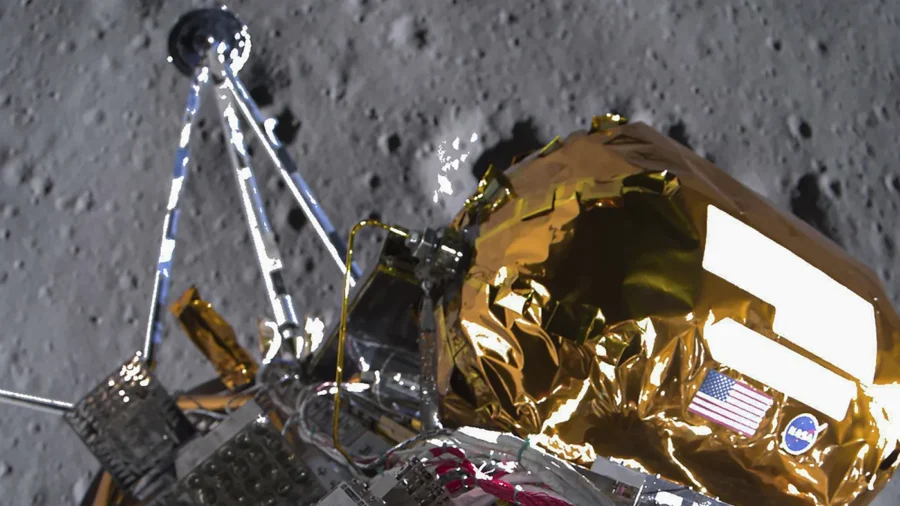
CAPE CANAVERAL, Fla.—A moon lander that ended up on its side managed to beam back more pictures, with only hours remaining before it dies.
Intuitive Machines posted new photos of the moon’s unexplored south polar region Tuesday.
The company’s lander, Odysseus, captured the shots last Thursday shortly before making the first U.S. touchdown on the moon in more than 50 years. Odysseus landed on its side, hampering communication and power generation.
Once sunlight can no longer reach the lander’s solar panels, operations will end. Intuitive Machines expects that to happen sometime between Tuesday afternoon and early Wednesday. The mission, part of NASA’s effort to boost the lunar economy, was supposed to last until at least Thursday, when lunar nighttime sets in. NASA has six experiments on board.
Intuitive Machines is the first private business to land a spacecraft on the moon without crashing. Another U.S. company launched its own lunar lander last month, but a fuel leak doomed the mission and the craft came crashing back to Earth.
By Marcia Dun
'Mathematically perfect' star system being investigated for potential alien technology
By Sharmila Kuthunur published 1 day ago
A distant star system housing 6 planets that move in 'mathematically perfect' orbits has ignited a search for possible alien techno signatures.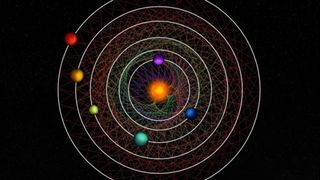
Late last year, astronomers discovered a fascinating star system only 100 light-years away from us. Its six sub-Neptune planets circle very close to their host star in mathematically perfect orbits, piquing the interest of scientists searching for alien technology, or technosignatures, which they argue would offer compelling evidence of advanced life beyond Earth.
To be clear, no such evidence was found in the system, dubbed HD 110067. However, the researchers say they're not done looking yet. HD 11067 remains an interesting target for similar observations in the future.
In our own tiny pocket of the cosmos, radio waves from satellites and telescopes beaming out in the plane of our solar system, meaning that if somebody outside our solar system watched Earth cross the face of our sun, they'd maybe be able to pick up a signal that coincides with the planet's transit.
HD 110067 is viewed edge on from Earth, so we are seeing the six planets in the plane of their system — a view that gives us an excellent chance of picking up such a signal if there exists one, study co-author Steve Croft, a radio astronomer working with the life-searching Breakthrough Listen program at the University of California, Berkeley, told Live Science's sister site Space.com.
"Our technology in our own solar system has spread outside the habitable zone," Croft said. So technology-friendly civilization in HD 110067, if any, may have communication relays set up on multiple planets in the system, he said. "Even if it is a negative result, that still tells us something."
Related: What's the best evidence we've found for alien life?
When HD 110067's discovery was announced, Croft and his team used the world's largest fully steerable telescope, the Green Bank Telescope (GBT) in West Virginia, and searched the system for signs of alien technology. The researchers looked for signals that were continuously present when the telescope was pointed at the system and absent when directed away, the smoking gun of technosignatures local to HD 110067.
But such signals are difficult to distinguish from natural sources of radio waves and humankind's own technological signals, such as radio waves beaming from cell phones connected to Wi-Fi, SpaceX's Starlink satellite network in low Earth orbit. This creates a haystack of signals in which researchers look for a needle of a potential extraterrestrial signal, said Croft.
"I should add we don't know if there are needles in the haystack," he said. "We don't really know what the needles look like."
Despite this lack of sufficient knowledge of what alien technology looks like, the team employed a few techniques to ensure a detected signal is not local interference. For instance, if one were to build a transmitter in the hopes that somebody else would pick it up, that transmitter would pump a lot of energy into a narrow range of frequencies. Natural astrophysical phenomena, by contrast, beam radio waves across a much broader range.
Signals from such a transmitter placed on a planet spinning around a foreign star would drift in time when observed from Earth, "the same as when an ambulance goes past you, the sound of it shifts from very high to very low," study lead author Carmen Choza, an assistant researcher at the Search for Extraterrestrial Intelligence (SETI) Institute in California, told Space.com.
The search ultimately did not detect a technological signal — however, the results do not eliminate the existence of technosignatures in HD 110067, Croft said, but rather tell us that no signal was beamed in our direction at the time of the observations.
Meanwhile, the discovery team is refining the radii of the six detected planets using the European Space Agency's CHEOPS space telescope, and the planets' masses using HARPS-N and CARMENES instruments in Spain, Rafael Luque of the University of Chicago told Space.com.
Accurate data on sizes and masses of the planets would shed more light onto the system's chemical makeup. Using that information, it may be possible to somewhat "reverse engineer" the evolution of the system and its planets to learn their formation mechanisms, the team had shared late last year.
Scientists have long been searching for life outside our solar system in hopes of learning our place in the universe, by trying to answer one question that's being pondered over for thousands of years, "Are we alone?"
"Sometimes people ask me, 'what are your chances of success in the next 10 years?'" Croft said. "My answer to that is, "well, I don't know, but they are better than they were in the last 10 years because our searches are getting powerful all the time."
Croft echoed the words of SETI pioneer Jill Tarter: "We reserve the right to get smarter."
This research is described in a paper published last month in the journal Research Notes of the AAS.
Originally posted on Space.com.
A black hole discovery could force us to rethink how galaxies came to be
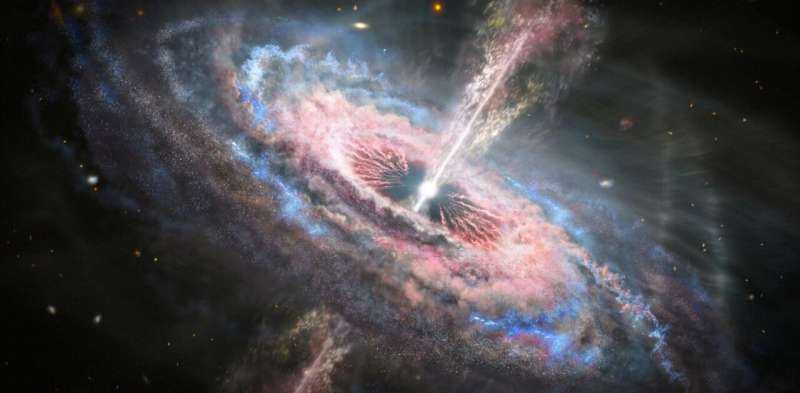
Peering deep into the infancy of the universe, the European Southern Observatory's Very Large Telescope (VLT) recently confirmed the discovery of the brightest and fastest growing quasar. Quasars are luminous objects in the night sky powered by gas falling into a large black hole at the center of a galaxy.
The discovery of this record-breaking object was fascinating enough. But another crucial aspect to the announcement is that it raises big questions about galaxy formation in the early universe. In particular, it remains puzzling how this quasar, which existed less than two billion years after the Big Bang, could have grown so large so quickly. Probing this conundrum could even lead to a rethink of how galaxies came to be.
Black holes, the densest objects in the universe, are given this name because their gravitational pull is so incredibly strong that not even light can escape their grasp. How then, can a black hole be the origin of such an intense light source?
Well, in some galaxies, where the black hole is sufficiently large, matter is being drawn in at a ferociously high rate. As it spirals in, violent collisions between gases, dust, and stars result in the emission of huge amounts of light energy. The bigger the black hole, the more violent the collisions and the more light is emitted.
The quasar that was the subject of the latest study, known as J0529-4351, has a mass equivalent to 17 billion suns and is incredibly large. There is a spiraling disk of matter spanning a width of seven light years at the center of the galaxy and the black hole is growing by accreting (accumulating) this matter. The disk's width is comparable to the distance between Earth and the next nearest star system, Alpha Centauri.
Hiding in plain sight
The black hole is growing rapidly by consuming a record-breaking amount of mass, equivalent to one sun each day. This intense accretion of matter releases an amount of radiative energy that's equivalent to a quadrillion (thousand trillion) suns.
This raises the question of why an object so bright has only just been identified in the night sky, despite decades of astronomical observations. It turns out that this sneaky quasar had been hiding in plain sight.
Despite its astonishing luminosity, J0529-4351 is very distant, meaning that it seamlessly blends in among a sea of dimmer stars that lie much closer to Earth. In fact, this quasar is so far away that the light it emits takes a whopping 12 billion years to reach us here on Earth.
The age of the universe is around 13.7 billion years. So this quasar existed just 1.7 billion years after the Big Bang, at the beginning of the universe.
The universe's expansion following the Big Bang is what permits us to measure the distance to, and therefore the age of, this quasar. A long-known simple formula called Hubble's law, states that knowing the velocity that an object is moving away from us allows us to calculate how far away it is.
The collisions that occur as matter spirals into this quasar's black hole raise it to scorching temperatures of 10,000°C. Under these conditions, the atoms in the system emit a characteristic spectrum of light.
These discrete frequencies of light form a sort of barcode that astronomers can use to identify the elemental compositions of objects in the night sky. As an object that's emitting light moves away from us, the frequency of that observed light undergoes a shift, much like how the sound frequency of an ambulance siren shifts depending on whether it is driving towards or away from you.
This shift seen in astronomical objects is known as redshift. This, along with Hubble's Law, has permitted both the age and the distance (both these properties are linked in cosmology) of J0529-4351 to be confirmed.
This bright beacon from the early universe has raised an important question that is baffling astronomers: how could this black hole, in such a relatively short period of time, grow so fast into such a massive object? Under well accepted models of the early universe, it should have taken longer for it to grow to this size.
What's more, by tuning the artificial intelligence (AI) models used to scan telescope data for these unusual objects, more could still be found in the coming years. If they resemble J0529-4351, physicists would need to seriously rethink their models of the early universe and galaxy formation
The fastest-growing black hole ever observed will be the perfect target for a system called Gravity+, an upcoming upgrade to an instrument on the Very Large Telescope called an interferometer. This interferometer is an ingenious way of combining data from the four separate telescopes that actually make up the VLT.
Gravity+ is designed to accurately measure the rotational speed and mass of black holes directly, especially those that lie far away from the Earth.
Furthermore, the European Southern Observatory's's Extremely Large Telescope, a 39-meter diameter reflecting telescope, is currently under construction in the Chilean Atacama Desert. This is designed for detecting the optical and near-infrared wavelengths characteristic of distant quasars and will make identifying and characterizing such elusive objects even more likely in the future.
Provided by The Conversation
This article is republished from The Conversation under a Creative Commons license. Read the original article.![]()
How dwarf galaxies lit up the
Universe after the Big Bang
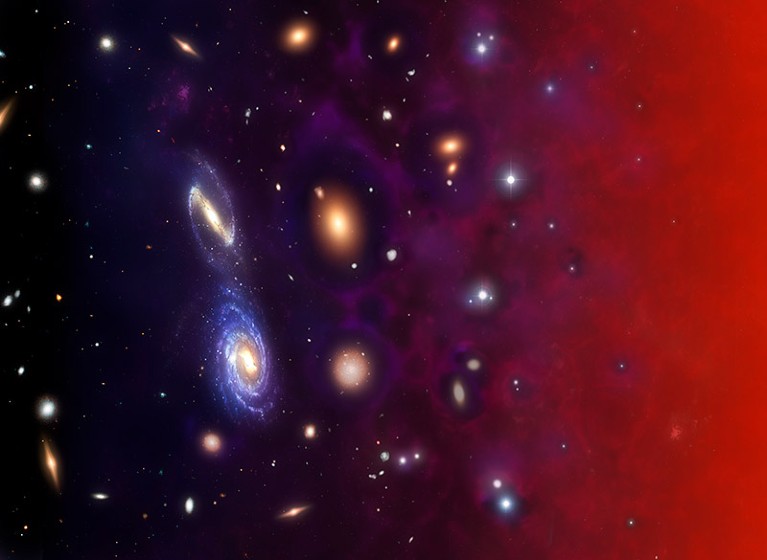
An illustration of the reionization of the Universe, which transitioned from a cauldron (red, right) of subatomic particles to a sea of neutral hydrogen gas dotted with early stars (middle) to its current transparent state (left). Credit: Mark Garlick/SPL
Astronomers have used the James Webb Space Telescope (JWST) to show that faint miniature galaxies cleared the early Universe of its obfuscating fog of atomic hydrogen — allowing starlight to shine through the cosmos for the first time.
The research, published today in Nature 1 , provides evidence that dwarf galaxies roughly 100 times smaller than the Milky Way triggered the process known as reionization, which changed the course of cosmic history. “The Universe became transparent,” says Hakim Atek, an astrophysicist at the Paris Institute of Astrophysics and lead author of the study. “It’s because of reionization that we are able to see distant galaxies.”
Emerging from a cosmic dark age
For around 380,000 years after the Big Bang, the Universe was a hot, dense furnace of subatomic particles. As the cosmos cooled, the free electrons and protons combined to form a gas of neutral hydrogen atoms.
What followed was a dreary period of darkness. This lasted until the gas collapsed in places to fuse and form the first stars, which produced ultraviolet (UV) light. However, the remaining gas permeating the Universe either absorbed or scattered this light. As a result, the Universe resembled a foggy forest speckled with dim, flickering fireflies, and light sources were visible only for short distances.

Astronomers detect light from the Universe’s first stars
To render space transparent, something needed to bombard this gas with powerful ‘ionizing’ radiation, which could transform the neutral hydrogen atoms into charged particles, or ions, of hydrogen. The three candidates were energetic light jets called quasars, which are powered by supermassive black holes; massive galaxies roughly the same size as the Milky Way; and, finally, the minnows — dwarf galaxies.
Massive galaxies would have absorbed much of their own UV light, says Claudia Scarlata, an astrophysicist at the University of Minnesota in Minneapolis. And there might have been too few quasars to orchestrate the whole process. Dwarf galaxies, however, were small enough to allow easy escape of the UV light that they generated.
Observations of younger dwarf galaxies, closer to Earth, suggest that they can emit ionizing radiation. All the same, “there’s nothing like actually having the data from the early galaxies to confirm that”, says James Rhoads, an astrophysicist at NASA Goddard Space Flight Center in Greenbelt, Maryland. But dwarf galaxies from the epoch of reionization are too tiny and too dim to detect — even for the JWST.
Tale of two telescopes
To overcome this, the authors took advantage of a ‘natural telescope’: a cluster of galaxies located about 1.2 million parsecs from Earth. This cluster is so enormous that it warps light passing through it, thereby magnifying any light source located behind the lens, as observed from Earth.
The authors harnessed this lens to observe eight dwarf galaxies from the era of reionization, when the Universe was less than one billion years old. The galaxies are the faintest objects ever observed from that time.
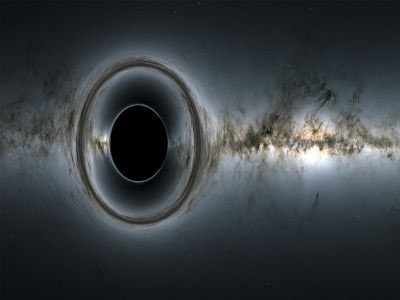
First glimpse of lone black hole delights astronomers
Using data gathered by the JWST, the astronomers analysed the wavelengths of UV light from these galaxies. This allowed the team to estimate that even these faint, small galaxies could have expunged hydrogen gas around them easily. The researchers also estimate that dwarf galaxies were abundant enough up to one billion years after the Big Bang to have ionized the entire Universe, even if 5% of their ionizing radiation escaped into intergalactic space.
Small galaxies were the first to form in the Universe, which “probably makes it easier to start the [reionization] process early” in the history of the cosmos, Rhoads says. As each galaxy emitted radiation, it effectively blew a bubble of transparency that expanded into neutral gas. Eventually, all the bubbles from all the galaxies overlapped to complete the transformation.
Dwarf galaxies would have blown bubbles smaller than those produced by quasars and massive galaxies, and such small bubbles might have ensured that reionization proceeded homogeneously across the Universe. This, in turn, had implications for the architecture of the present-day Universe, Atek says.
doi: https://doi.org/10.1038/d41586-024-00594-8
References
Atek, H. et al. Nature https://doi.org/10.1038/s41586-024-07043-6 (2023).

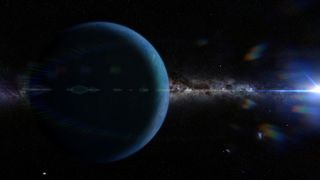
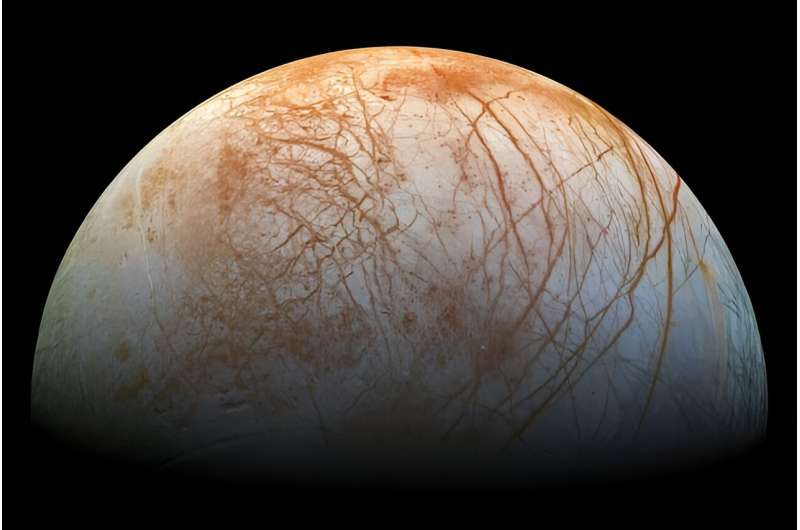
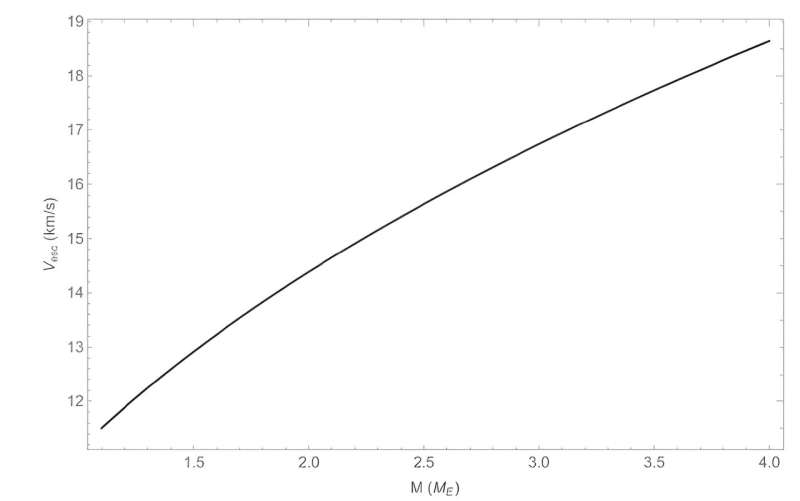
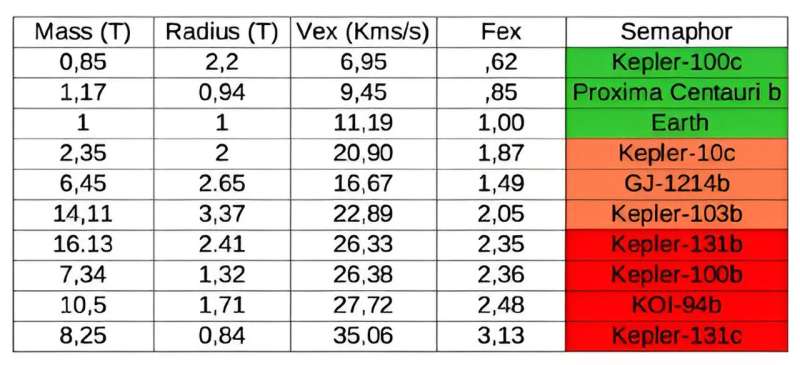
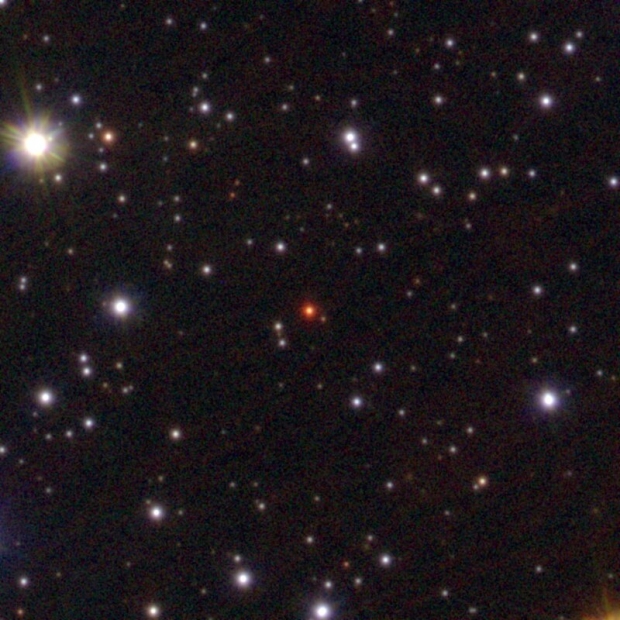
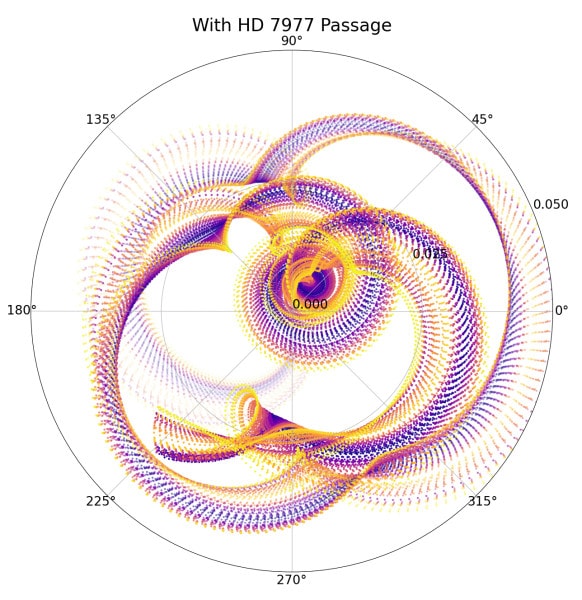
No comments:
Post a Comment